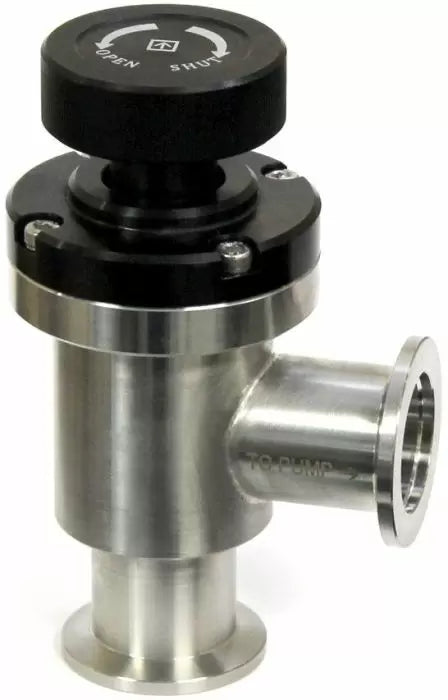Grade 316, also called "The Food Grade Stainless" or "Marine Grade Stainless", is the standard molybdenum-bearing grade, second in importance to 304 amongst the austenitic stainless steels. The molybdenum gives 316 better overall corrosion resistant properties than Grade 304, particularly higher resistance to pitting and crevice corrosion in chloride environments.
Grade 316L, the low carbon version of 316 and is immune from sensitisation (grain boundary carbide precipitation). Thus it is extensively used in heavy gauge welded components (over about 6mm). The austenitic structure also gives these grades excellent toughness, even down to cryogenic temperatures. Compared to chromium-nickel austenitic stainless steels, 316L stainless steel offers higher creep, stress to rupture and tensile strength at elevated temperatures. 316L are used to avoid corrosion problems caused by welding.Stainless steel valves and cylinders manufactured in 316L grade stainless steel have proved to offer exceptional resistance in acidic and hard water areas.
316L grade has the following advantage compare to regular 304 grade SST:
- Extremely stains, corrosion, oxidation and pitting resistant
- Considerably more resistant to humidity, chlorine, sulfuric acid, chlorides, bromides, iodides and fatty acids
- Excellent formability
- Easier to clean
- Rupture and tensile strength at high temperatures
- Excellent toughness and pressure performance at cryogenic temperatures
- 316L stainless steels (containing molybdenum) are required in the manufacture of certain pharmaceutical, medical, surgical or chemical equipment in order to avoid excessive metallic contamination
- Longer equipment life expectancy
The bottom line is that Type 316L stainless steel costs a little more upfront but you could save a whole lot on the back end.
Payment & Security
Your payment information is processed securely. We do not store credit card details nor have access to your credit card information.

